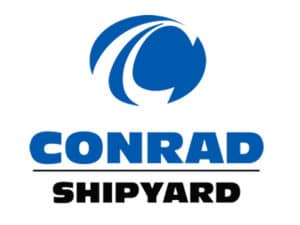
Tanker hijacking “part of pattern” warns Dryad
Written by Nick Blenkey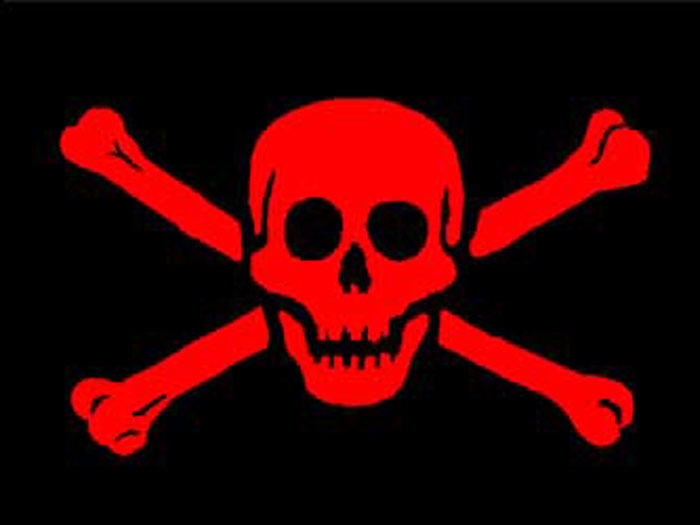
JUNE 4, 2014 — Poole, U.K., headquartered Dryad Maritime Intelligence has issued an advisory following the latest report of a tanker hijacking in Southeast Asia. It says that the crime follows a pattern that has seen up to six such attacks over the last nine months.
Thai International Tankers 3,827 dwt products tanker MT Orapin 4 departed Singapore May 27, laden with a fuel oil cargo and became the subject of a missing vessel alert the next day when attempts by her owner to contact her failed. The vessel had been scheduled to transit to Pontianak, Indonesia on May 29, but was hijacked by pirates who damaged communications equipment and subsequently siphoned off the vessel’s fuel oil cargo. The vessel arrived at an unplanned destination in Sriracha, Thailand on June 1 with the crew reportedly unharmed.
“The vessel’s last communicated position report, just two hours after departing Singapore, suggests that the hijackers most likely boarded the ship in the Singapore Strait, a body of water densely populated with shipping as well as police and coastguard vessels,” says Dryad Maritime’s Chief Operating Officer, Ian Millen. “We believe that the criminal gang involved either had prior knowledge of the ship’s intended movements or followed her out of the anchorage. Whilst details at this stage are sketchy, there is good reason to believe that the incident may be linked to other similar crimes over this period.”
Dryad’s Senior Analyst, Stephen McKenzie, expressed concern over the under reporting of such crimes, detailing the similarities between a number of other incidents.
“We believe that this type of organized crime is far more prevalent than reporting would suggest,” he said. “It is clearly well organized and executed, orchestrated by criminal gangs who are involved in the marine fuel black market across Asia. Although we don’t yet know the full details of what happened on Orapin 4, it is likely that the vessel has been the victim of one of these gangs. In previous incidents, crew members have reported bunker barges and other small tankers waiting to transfer fuel at predetermined rendezvous sites. The hijackers clearly have knowledge of the operation of radio and satellite communications, along with some proficiency in handling fuel lines other ships’ equipment. Violence is often used against crew members and vessels are often ransacked for cash, personal belongings and portable electrical equipment before the criminals depart. This might suggest that those involved in the hijack are not particularly well paid for their part in the operation.”
Dryad Maritime says it continues to remind operators and masters of product tankers in the region to keep information on vessel movements and cargoes strictly to those that need to know, while recognizing that insider information may be at the heart of criminal planning.
Dryad also believes that the threat is unlikely to be dealt with in the near term.
“This latest hijack is clearly not an isolated event and it is likely that such crime will continue to be perpetrated to feed the black market,” says Mr.Millen. “The unfortunate victims we have seen tend to be small, local product tankers, mainly working out of Singapore, with no obvious threat of this type of crime against larger supertankers transiting through the area. The key to defeating the criminal gangs involved lies in comprehensive reporting of all such incidents to the IMB and appropriate regional authorities, alongside the sharing of information with local law enforcement. This kind of threat ultimately needs to be tackled at the point of criminal origin ashore. Once in control of a vessel, it’s just too late.”

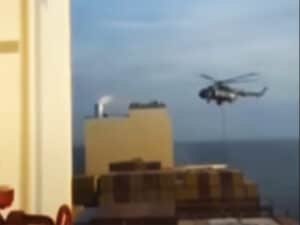
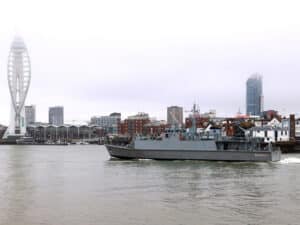

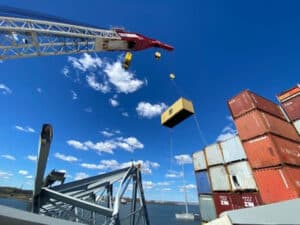
Leave a Reply
You must be logged in to post a comment.